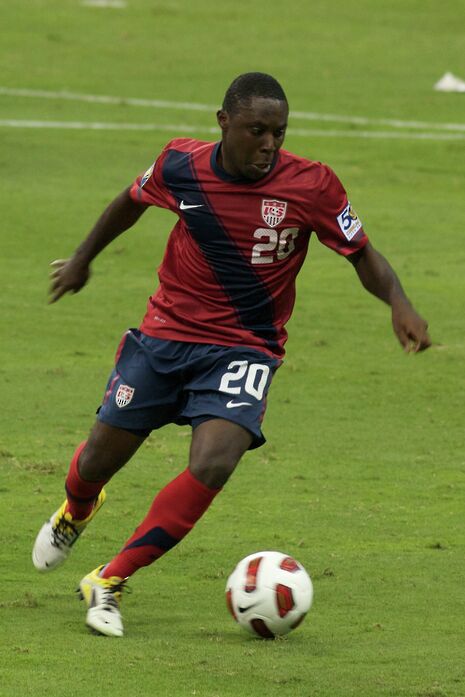Youth: the commodity of football
Akuan Liu analyses football’s preoccupation with finding the stars of tomorrow, and asks whether this is healthy for all involved

Football is a game played by the comparatively young. Past the age of 30 players start thinking about retirement, and rarely will you see a player at the top level hit 35. The majority of top players have played competitively from a young age, so it makes sense that clubs are always on the lookout for youthful talent. Young players are often evaluated not only in terms of their on-pitch performances, but also for the promise that they exhibit. They have ‘potential’ – that mysterious and little-understood quality.
The tale of hyped-up young players who have failed is a common story. Take Freddy Adu for an example. After being first picked in the 2004 MLS SuperDraft by DC United at the age of 14 and appearing for the US national team at the age of 16, it all went downhill. Stints at Real Salt Lake, Benfica, and AS Monaco amongst many others ultimately ended in failure, eventually leading the player once dubbed ‘the next Pele’ to doing side jobs such as hosting club nights and selling vacuum cleaners. Is it possible that Adu’s failure was in part due to the impossibly high expectations set upon him from a young age?
Nowadays, English clubs are investing a lot of money on relatively inexperienced young players. Raheem Sterling moved for a record fee of £49 million from Liverpool to Manchester City last summer, at the age of 20. For someone who proved he was inconsistent, with his string of poor performances at the tail end of the 2014/15 season, the figure is mind- boggling. City might have recouped some of their investment with the good performances Sterling has put in this season, but they took a massive risk at the time. For half the price, Bayern Munich signed 25-year-old Douglas Costa, who has since shown himself to be consistently one of the best players on the team.
Even transfer rumours have become ridiculous. Last August, Everton rejected a £30 million bid from Chelsea for their 21-year-old centre back John Stones, who has since been subject to criticism for his poor form. In the same window, Spurs signed 26-year-old Alderweireld for £11.5 million, who has undoubtedly been playing better.
The problem is compounded by the high expectations that come with an expensive signing. Players are thrust into the spotlight and expected to perform immediately, otherwise they are quickly deemed to be a ‘flop’. Take the case of Memphis Depay, signed by Manchester United from PSV at the age of 21. Though initially he played well, the winger soon fell out of favour due to his inconsistency. When he does make a rare substitute appearance he tends to try too hard to impress: a vicious cycle.
In fairness, some youngsters do perform consistently to a high standard. In recent times we have seen players such as Hector Bellerin and Anthony Martial become staples in their respective clubs’ starting 11 due to their consistently strong performances, with the latter perhaps already worth his colossal £36 million base fee – a figure that was a huge outlay for a relatively unknown player. Looking further back, the well-known ‘Class of ‘92’ consisted of six players at Manchester United who won the FA Youth Cup in 1992 and proceeded to play important roles in United’s treble-winning season in 1998-9. Theo Walcott and Wayne Rooney were tearing up the Premier League at the age of 18. But are these players the rule or the exception?
Gone are the days where young players were ‘one for the future’. With more and more money being spent on acquiring their services, consistent performance is now expected immediately, rather than being nurtured. Players like Dele Alli and Kurt Zouma might be playing fantastically despite the pressure, but are they flying too close to the sun? I guess we’ll soon find out.
 News / Uni Scout and Guide Club affirms trans inclusion 12 December 2025
News / Uni Scout and Guide Club affirms trans inclusion 12 December 2025 News / Pembroke to convert listed office building into accom9 December 2025
News / Pembroke to convert listed office building into accom9 December 2025 Features / Searching for community in queer Cambridge10 December 2025
Features / Searching for community in queer Cambridge10 December 2025 News / Uni redundancy consultation ‘falls short of legal duties’, unions say6 December 2025
News / Uni redundancy consultation ‘falls short of legal duties’, unions say6 December 2025 News / Gov declares £31m bus investment for Cambridge8 December 2025
News / Gov declares £31m bus investment for Cambridge8 December 2025








